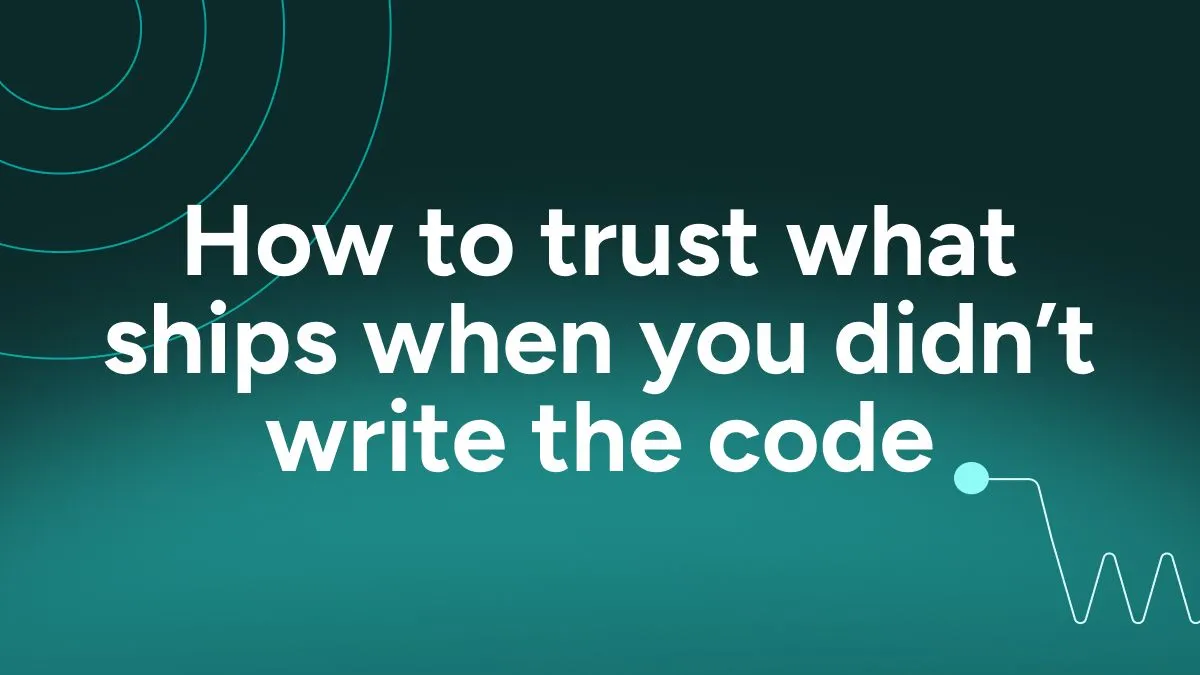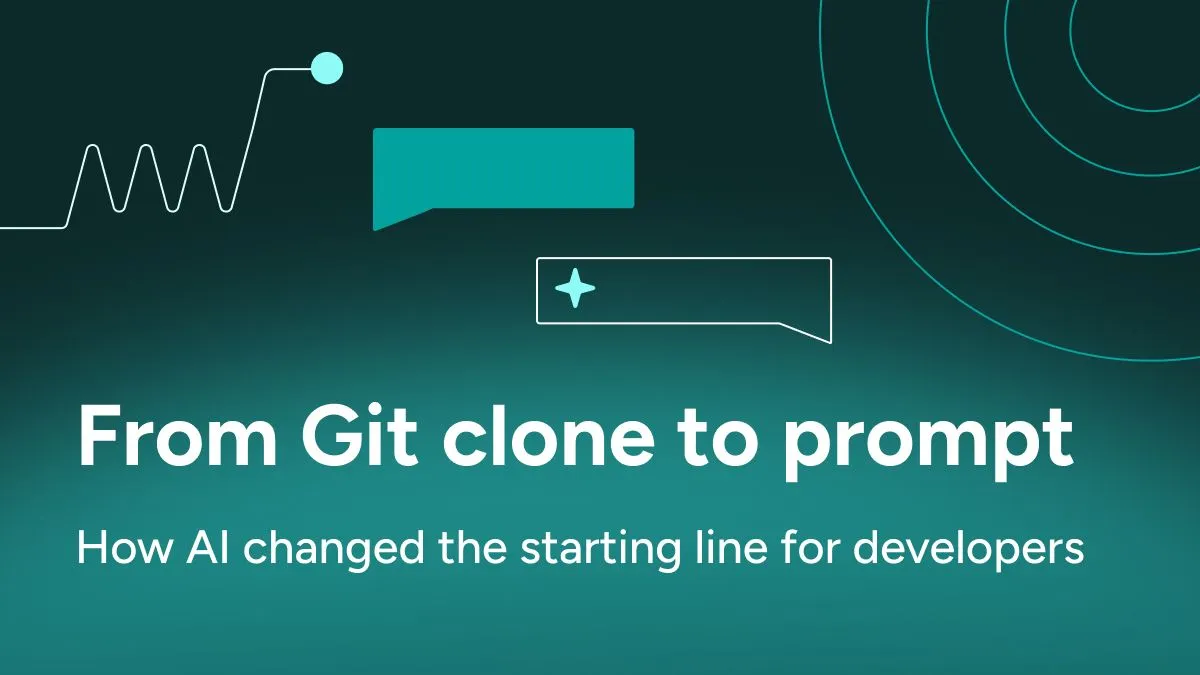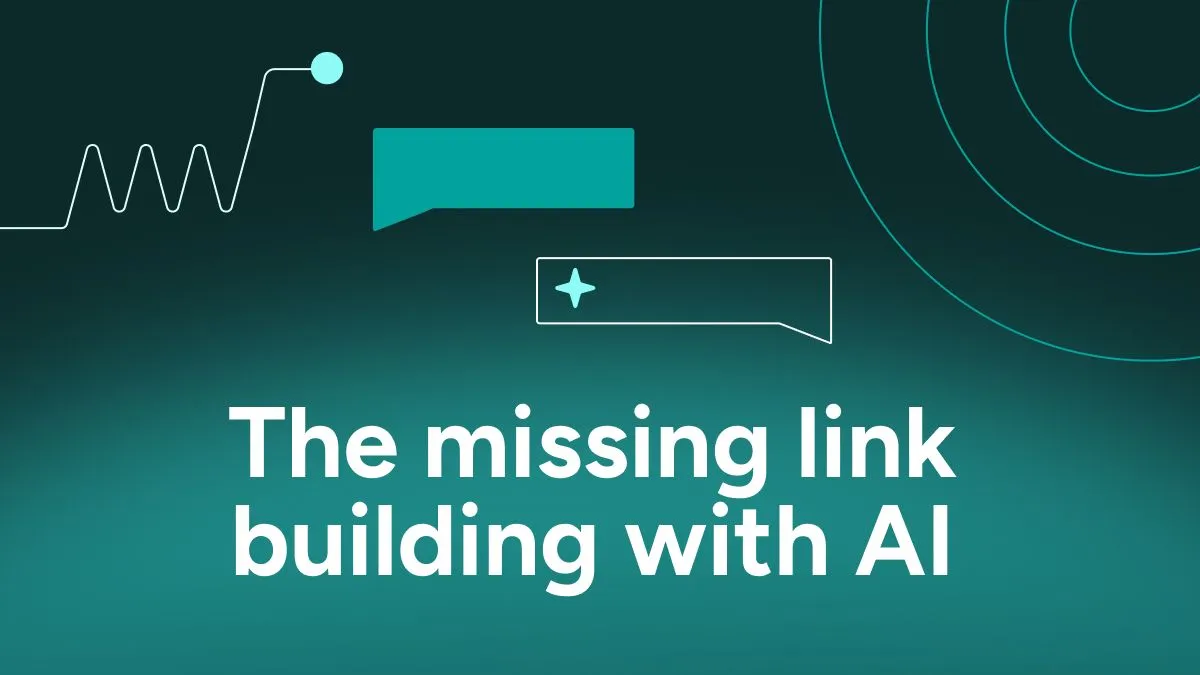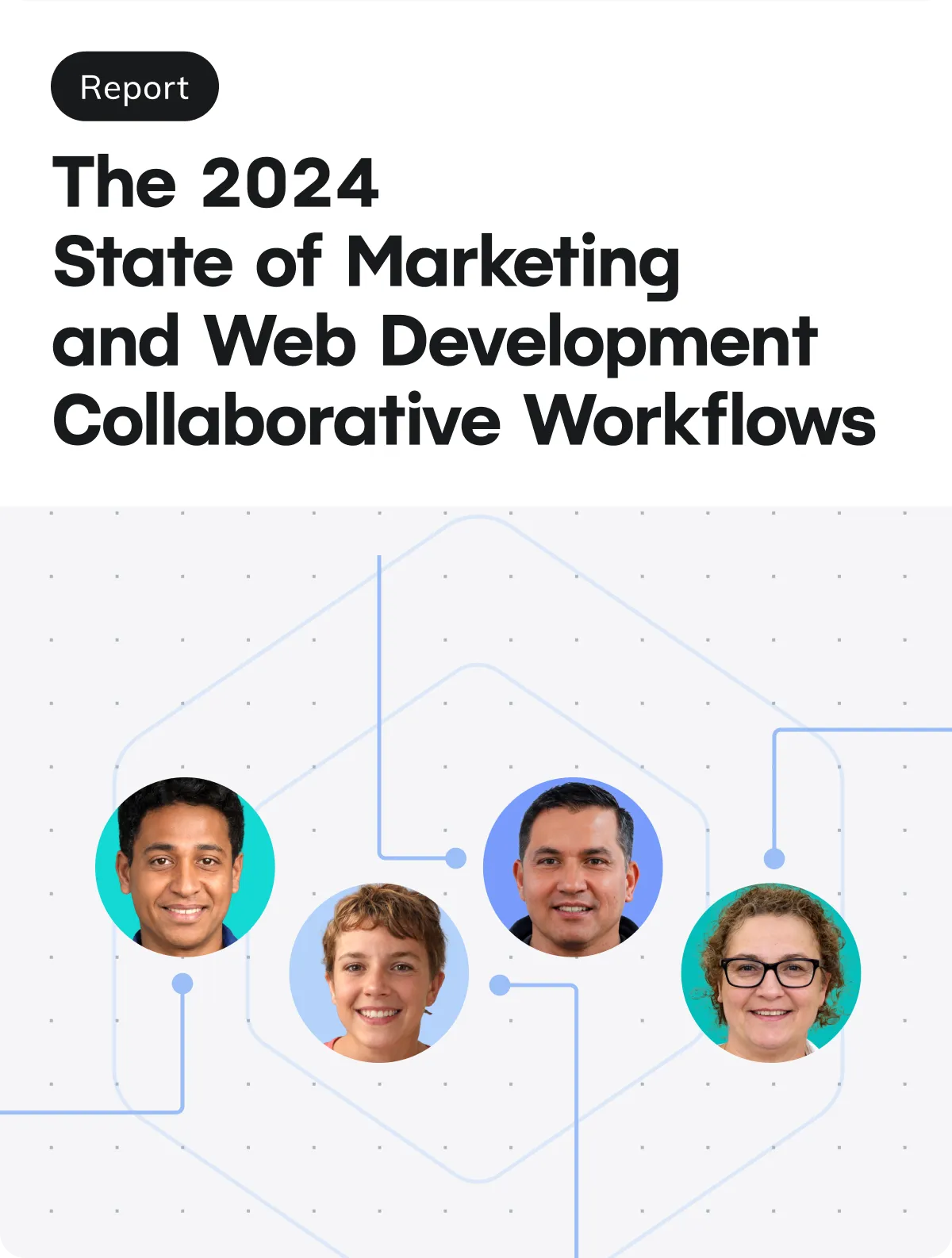AI has made building faster than ever. But shipping isn’t about speed – it’s about confidence. And confidence only comes with trust.
Trust is the gating factor in AI workflows; if you can’t validate what ships, speed doesn’t matter.
Say an AI agent opens a pull request that touches your authentication flow. The diff looks fine and the tests are green. Do you merge it? Without a deploy preview to click through, logs to trace what happened, or a rollback plan if something fails, you’re making that call blind. The code may have been generated fast, but you don’t actually know if it’s ready to ship.
The trust problem with AI agents
When developers wrote every line, there was at least one guarantee: you understood what went into production. Now, AI agents generate files, scaffold projects, and suggest patches you didn’t write yourself.
That raises new questions:
- Does this AI-generated code do what I asked?
- Did the agent introduce security risks I can’t see at a glance?
- If I merge this, what breaks downstream for my team?
The challenge isn’t how fast agents can generate code. The challenge is deciding if the generated output is reliable enough to ship.
Transparency as the foundation
Trust starts with visibility. Developers need to know exactly what an AI agent changed before it reaches production. That’s why transparency isn’t optional – it’s foundational.
- Deploy previews show the change in full context, not just as code in a diff.
- Build and deploy logs provide a record of when things change.
- Audit trails connect each action to a source, so nothing disappears into a black box.
These are the system-level controls. They make agent-authored changes visible, measurable, and reviewable.
Keeping humans in the loop
Visibility alone isn’t enough. Someone still has to decide whether the change is safe to ship. That’s where human-in-the-loop workflows come in.
- Approvals ensure code only moves forward after a developer signs off.
- Deploy previews let teams review and test together.
- Rollbacks ensure every decision can be undone, so no approval is absolute.
These are the workflow-level controls. They keep accountability with humans, even as agents generate more of the code.
Why trust matters
As AI agents continue to become a bigger part of the workflow, the ecosystem has started to emphasize different values:
-
Speed. Some platforms focus on making iteration faster–scaffolding apps quickly, deploying instantly, and reducing friction in delivery. Speed matters, especially when AI agents can generate large amounts of code in seconds. But speed on its own doesn’t solve the trust problem. Without validation, faster iteration just means faster mistakes.
-
Infrastructure reliability. Other solutions lean on uptime, scale, and global reach. Reliability at the edge is important, but it only comes into play once you’ve decided the code is safe to ship. Stability is infrastructure doesn’t guarantee correctness in the commit.
-
Trust. Trust has to come first. Developers need more than speed or infra—they need transparency, accountability, and reversibility before they ship. Speed is irrelevant if the code is wrong, and infra only matters when what you deploy is safe to run.
Trust matters because it makes everything else possible. Speed without trust is fragile. Reliability without trust is wasted. Trust is what turns AI-generated code from a risk into something safe to ship. And most importantly, it keeps control in the dev’s hands: you see the changes, test them yourself, and decide when they’re ready. That’s why platforms like Netlify build workflows around deploy previews, logs, and approvals—so the final call always stays with the developer.
Transparency is the solution
AI agents will keep producing more of the code we ship. The question is: can you trust what they generate enough to put it in production?
Netlify designed Agent Runners to work inside of your existing Git workflows. Your AI agents can open pull requests, trigger deploy previews, and run tests automatically–but you get to decide what ships, and when. Everyone on your team can continue to use AI agents to generate code, while Netlify keeps every change visible, reviewable, and reversible.
End-to-end transparency–from start to finish–is how you build trust in your workflows, and confidence in what you push to production.




